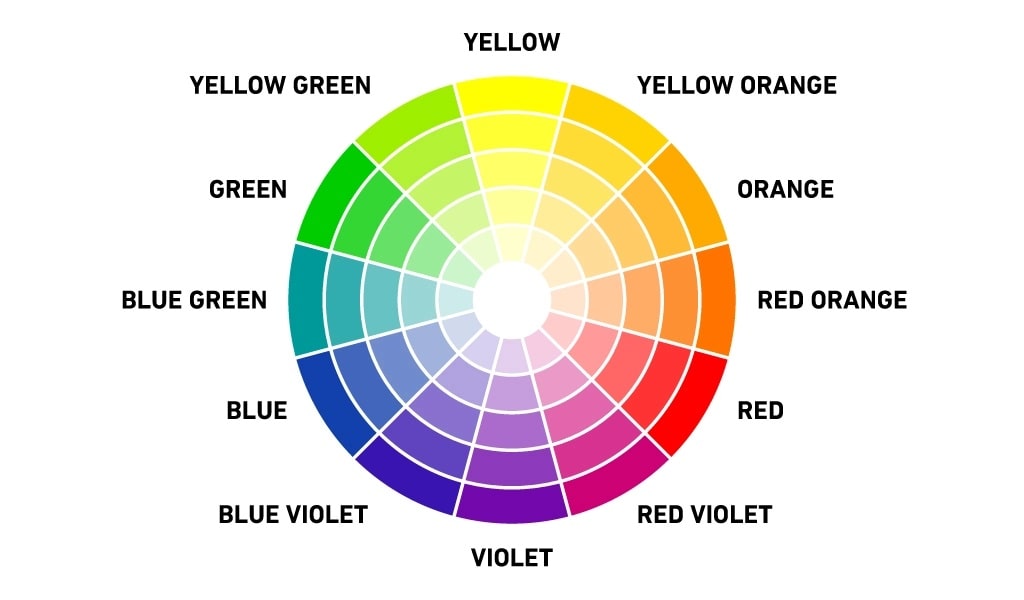Introduction :
In today’s digital age, user interface design plays a critical role in shaping the success of any software or application. The art of user interface design focuses on creating visually appealing, intuitive, and user-friendly interfaces that enhance the overall user experience. By combining aesthetics, functionality, and usability, designers aim to create interfaces that captivate and engage users, ultimately leading to increased user satisfaction and loyalty. In this article, we will delve into the intricacies of user interface design, exploring various techniques and strategies to enhance user experiences.
Designing an Exceptional User Interface:
Designing an exceptional user interface involves striking a delicate balance between creativity and practicality. The goal is to create an interface that not only looks visually appealing but also allows users to navigate effortlessly, ensuring a seamless and enjoyable experience. By following established design principles and incorporating innovative ideas, designers can elevate the overall user experience. Let’s explore some key aspects of user interface design and how they contribute to enhancing user experiences.
The Role of Visual Hierarchy:

One crucial aspect of user interface design is establishing a clear visual hierarchy. By using visual cues such as size, color, and placement, designers can guide users’ attention and prioritize important elements within the interface. An effective visual hierarchy ensures that users can easily identify and interact with the most relevant and essential features of an application, resulting in a more intuitive and user-friendly experience.
The Power of Consistency:
Consistency is a fundamental principle in user interface design. By maintaining a consistent design language throughout an application, designers create a sense of familiarity and predictability for users. Consistency in visual elements, such as icons, typography, and layout, allows users to quickly understand how to interact with different parts of the interface, reducing the learning curve and enhancing the overall user experience.
The Impact of Color and Typography :

Color and typography are powerful tools that significantly influence user experiences. The choice of colors can evoke specific emotions and set the overall tone of an application. Vibrant colors can create a sense of excitement, while more muted tones can convey a calm and sophisticated atmosphere. Similarly, typography plays a crucial role in readability and user engagement. By selecting appropriate fonts and font sizes, designers can ensure that text is easily legible and enhances the overall aesthetic appeal of the interface.
The Role of Navigation and Interaction Design :
Efficient navigation and intuitive interaction design are essential components of a successful user interface. Designers must carefully consider how users will navigate through an application and interact with its various elements. Well-designed navigation systems, such as menus, buttons, and breadcrumbs, allow users to explore an application seamlessly. Additionally, incorporating intuitive interaction patterns, such as gestures and animations, can provide users with a natural and immersive experience, further enhancing user satisfaction.
The Importance of Responsive Design :
In today’s multi-device landscape, responsive design has become a necessity rather than a luxury. With users accessing applications on various devices, including smartphones, tablets, and desktops, it is crucial to ensure that interfaces adapt seamlessly to different screen sizes and resolutions. Responsive design allows content and functionality to be displayed optimally, regardless of the device being used. By providing a consistent and enjoyable experience across devices, designers can significantly enhance user experiences.
The Role of Accessibility :
Accessibility is a vital consideration in user interface design. Designing with accessibility in mind ensures that individuals with disabilities can effectively use and navigate through an application. This includes providing alternative text for images, ensuring proper color contrast for readability, and implementing keyboard navigation options. By designing inclusively, designers can create interfaces that cater to a wider range of users, promoting equal access and a positive user experience for all.
The Influence of Microinteractions :
Microinteractions refer to small, subtle animations or feedback that occur in response to user actions. These interactions provide visual cues and feedback, making the interface feel alive and responsive. For example, when a user hovers over a button, it may change color or display a tooltip, providing instant feedback and enhancing the sense of interactivity. Well-executed microinteractions can significantly contribute to user engagement and create a delightful user experience.
The Role of User Testing and Iteration :
User testing and iteration are essential processes in user interface design. By gathering feedback from actual users, designers can gain valuable insights into how well the interface meets their needs and expectations. User testing helps identify pain points, usability issues, and areas for improvement. This feedback allows designers to iterate and refine the interface, ultimately leading to an enhanced user experience.
Conclusion
The art of user interface design encompasses various elements and strategies aimed at enhancing user experiences. By creating visually appealing, intuitive, and responsive interfaces, designers can captivate and engage users, ultimately leading to increased user satisfaction and loyalty. Through careful consideration of visual hierarchy, consistency, color, typography, navigation, responsive design, accessibility, microinteractions, and user testing, designers can create interfaces that truly enhance the user experience. Remember, the art of user interface design is a continuous process of iteration and improvement, where user feedback and evolving technologies play a vital role in shaping the future of user experiences.
We, at Zenax Studio, are UI/UX Design enthusiasts who are helping enterprises worldwide. Have a query or want to discuss UI/UX projects? Schedule a meeting with us here, we’ll be happy to talk to you.
